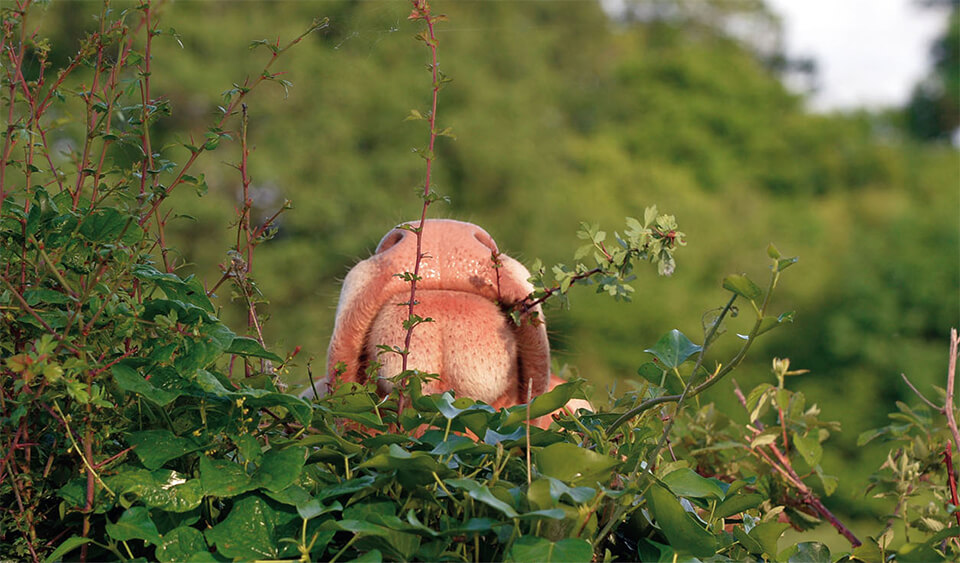Acupuncture : principes, méthodes et applications pratiques en productions animales

Auteurs
Résumé
La médecine traditionnelle chinoise, dont l’élaboration est généralement datée de 1 250 ans av. J.-C., s’appuie sur une théorie du fonctionnement de l’être vivant en bonne santé, d’un point de vue physiologique, psychologique et anatomique. Elle tente également d’expliquer les causes des maladies et les mécanismes biologiques et psychiques qui en sont les conséquences. L’acupuncteur cherche à comprendre l’être vivant, aussi bien en bonne santé que malade. Il prodigue des conseils et favorise l’équilibre de l’énergie interne appelée Qi en agissant, au besoin, sur des points pour libérer l’énergie et retrouver ou maintenir la santé. La vision holistique du troupeau et la transmission d’outils fondamentaux pour augmenter le capital santé/bien-être sont également détaillées.
Abstract
Traditional Chinese medicine, which is thought to have been developed 1250 years BC, is based on a theory of how a living creature functions in a good health, from a psychological, physiological and anatomical point of view. It also attempts to explain the causes of diseases and both the biological and the psychological mechanisms that are the consequences. The acupuncturist seeks to understand both healthy and sick living creatures. They give advice and help to reestablish the balance of the body’s vital energy called Qi or Chi by acting, if necessary, on acupuncture points to release energy and thus restore or maintain health (harmony and disharmony). The holistic vision of the herd and the description of basic tools to increase health and wellbeing are also explained in detail.

